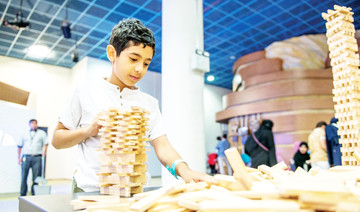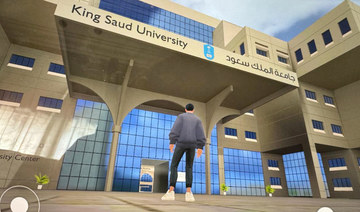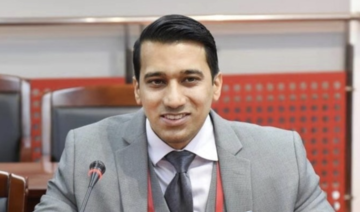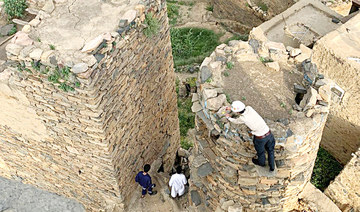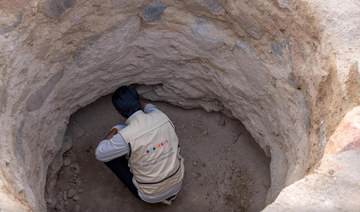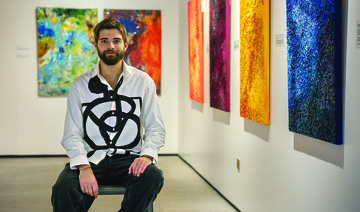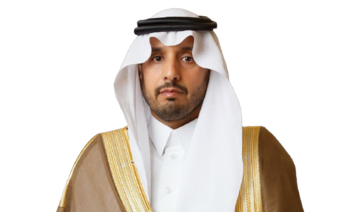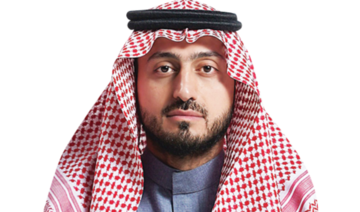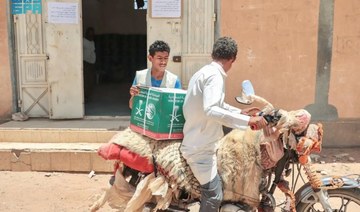JEDDAH: A Saudi relationship manager has designed a mobile app that allows food to be delivered to people in need, including Syrian refugees living in camps in Lebanon and Turkey.
Western region manager Fahad bin Thabit, 34, described his YummCloud app as a “sharing economy” platform.
After working with app developers from India, Ukraine and the US, Thabit launched the platform in late April with help from the US digital agency Ingic.
YummCloud was featured in US company news, such as Cision PRWeb.
“The idea behind YummCloud was to provide home-cooked meals to the users in the most convenient way,” Cision PRWeb said.
“Developers were told to develop an open platform app that will let users buy, sell or send home-cooked meals around them. All a user has to do is to choose the food they would like to eat and get it delivered at their convenience.”
Thabit said that his brother, who lives in France, was the inadvertent inspiration behind the app.
“At that time I wanted to send him food and that was when I had the idea: Why can’t I send him local food?
“I could not find any of our local food there, and this was how the application came up. I said once I can do that, I can send food to anyone anywhere in the world — all I need to do is provide the supplier,” Thabit told Arab News.
Anyone can help communities in need via the application, he said.
Thabit said he was planning to help Syrian refugees in Turkey.
“We call these meals ‘humanitarian meals’ — all we need to do is reach them via a social network and get a supplier there. People who sympathize with the refugees — they could be 100 kilometers away or in different parts of the world — can pay online and buy meals for them.”
He said whole communities could take part in the “sharing economy.”
“For example, in Africa, there are areas that have people suffering from starvation, but there are other areas that have food supplies, so if you buy the supplies from those areas, they can import them to the starvation-stricken areas. This is what I call a sharing economy.”
The app’s international features are still under development, but are expected to launch in two years.
“We can create a market anywhere in the world. All we need to do is add a language, find a delivery company there, and if there isn’t one, people can deliver it themselves.
“We had 500 orders in the first 10 days of the launch in Saudi Arabia.”
Thabit said that transportation network company Careem was acting as a logistics partner.
“Careem have us covered everywhere — it is operating in Saudi Arabia, Lebanon, and Egypt. Wherever Careem is present, we are there regarding delivery,” he said.
Thabit said he had agreements with delivery companies and charities in different parts of the world for YummCloud’s global transition.
The application is an efficient humanitarian platform.
“We provide a platform for everyone to help everyone,” he said.
Saudi food app is perfect recipe for people in need
Saudi food app is perfect recipe for people in need

King Saud University signs academic agreement with University of Tokyo
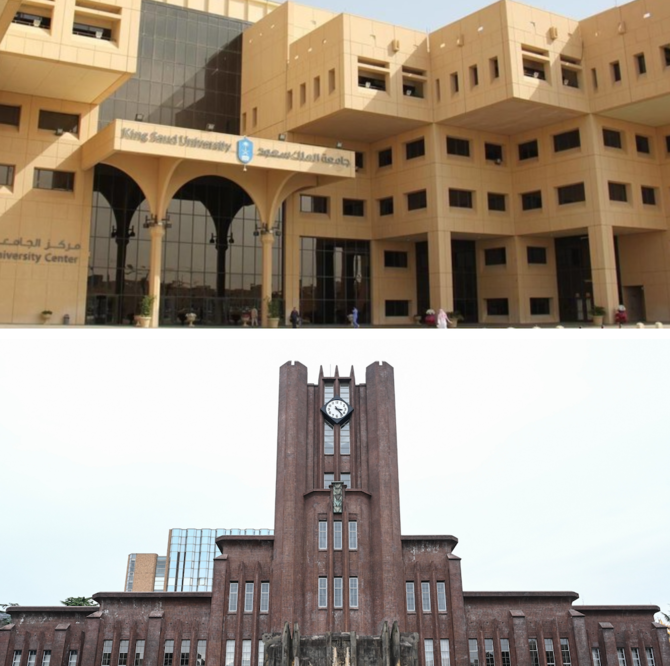
TOKYO: King Saud University and the University of Tokyo have signed a memorandum of understanding to strengthen academic collaboration in physics, chemistry and Earth sciences.
The MoU was signed by the acting rector of King Saud University, Dr. Abdullah Al-Salman, and the president of the University of Tokyo, Dr. Teruo Fujii, in the presence of the director of Prince Mohammed bin Salman Center for Future Science and Technology, Dr. Hiroaki Aihara.
This collaboration is a major milestone in fostering future partnerships between the two universities.
The Prince Mohammed bin Salman Center, based at the University of Tokyo, will play a crucial role in enhancing and advancing this cooperation.
Ancient castles in Sabya governorate reflect architectural heritage
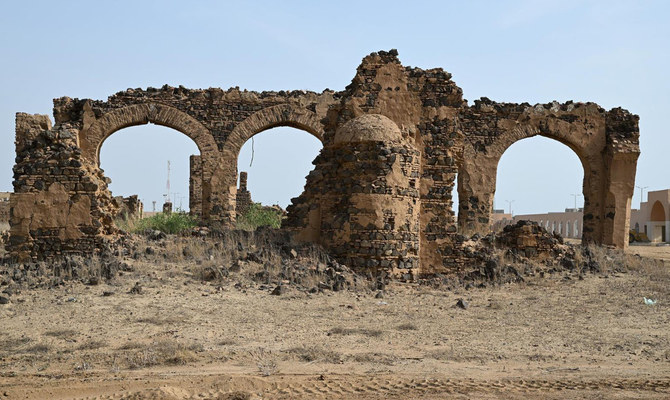
- The Sabya Archaeological Castle has origins that date to the early 20th century
RIYADH: The Sabya governorate in the Jazan region is a treasure trove of archaeological wonders, each with its own unique story.
Among these is the Sabya Archaeological Castle, whose origins date to the early 20th century. The castle, steeped in history, is a must-visit for any archeology enthusiast or researcher.
The castle is situated near Sabya Avenue, within King Fahd Park. It is part of the present city of Sabya, which offers a view of Wadi Sabya.
The Sabya Archaeological Castle, an architectural marvel, boasts spacious rooms with high ceilings and thick walls. The walls, adorned with beautiful geometric and floral patterns, are a testament to the skill of the craftsmen who built them.
Local materials such as volcanic stone, wood, and limestone were used during construction. Some accounts suggest that the clay used in making bricks was sourced from the banks of Wadi Sabya.
The use of volcanic stones of various sizes and shapes in particular gives the castle a unique and captivating beauty. The stones were obtained from volcanoes near the city, including Jabal Akwa, located a short distance northeast of Sabya.
The mosque, situated north of the castle, was also constructed using the same building materials as the castle and other structures in the area. It was intended for prayers and gatherings of religious leaders, dignitaries, and the people of Sabya. Its mihrab, or prayer niche, still stands despite some damage.
Some accounts suggest the presence of remains of other buildings in the vicinity of the castle, opening the possibility of conducting archaeological excavations to reveal more secrets about this site.
The Kingdom’s Heritage Commission is diligently working to preserve the Sabya Archaeological Castle, recognizing its significance as one of the most important archaeological sites in the Jazan region.
Artist captures Saudi charm with digital works
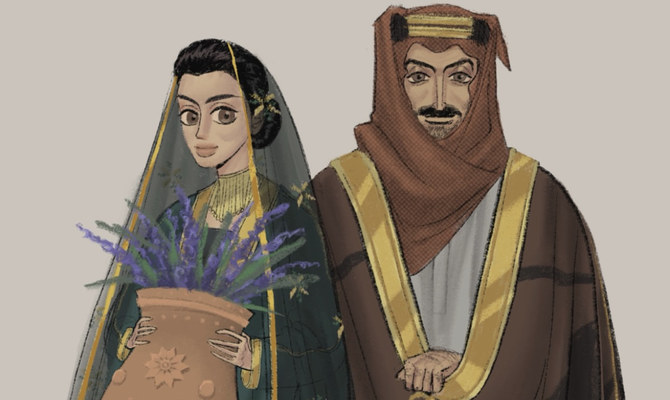
- Ghada Al-Shammari says art can be a means to showcase nation’s rich heritage
RIYADH: Timeless Arabic songs and heartfelt poetry provide the inspiration for Ghada Al-Shammari’s digital art, which showcases the Kingdom’s culture and society.
Al-Shammari's first artwork in 2017 was inspired by a popular Saudi song by Majed Al-Esa called “Hwages,” which means “concerns” in English.
The music video provided a comment on society by using satire, showcasing women driving cars, skateboarding, and playing basketball — activities that at the time were not easily accessible for women.
“I liked how they portrayed women in the traditional Saudi abaya, which motivated me to draw it,” Al-Shammari told Arab News.
For one of her artworks Al-Shammari was inspired by a poem by literary icon Prince Badr bin Abdul Mohsen and popularly performed by the late Saudi singer Talal Maddah.
The drawing depicts a man glancing at a woman who has her eyes downcast, with an oud instrument between them, and the 1980 song title “Forgive Me” written in Arabic text above the illustration.
The Saudi artist said that she tries to capture the poet’s feelings with her artwork, adding: “Romantic songs with descriptions of the poet’s beloved have been particularly inspiring for me.”
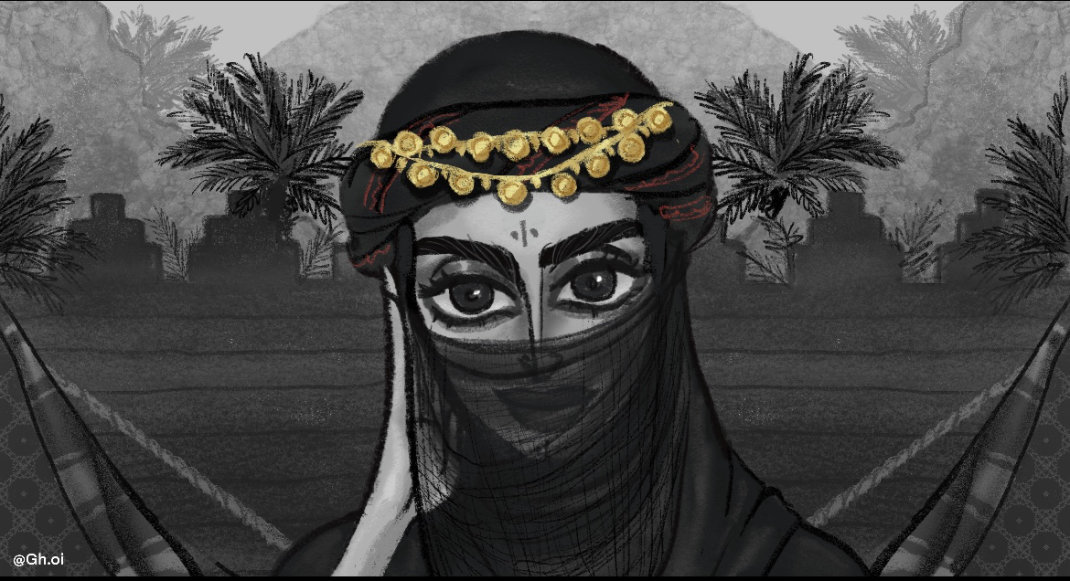
Al-Shammari draws inspiration from the beauty within the Kingdom’s culture. Many of her artworks depict women wearing traditional Najdi-style dresses and gowns with draping silhouettes and glimmering gold headpieces and turbans.
The men are depicted with striking features and wearing traditional garments like the head coverings called ghutra or shemagh, and bisht, the men’s cloak commonly worn in Saudi Arabia and other Gulf countries.
“Saudi culture and traditions have significantly impacted my work. Growing up, I used to think of Saudi Arabia as just what was around me in terms of environment, customs, and traditions,” Al-Shammari said.
When she moved from her hometown of Hafar Al-Batin to the capital Riyadh, Al-Shammari said her friendships and acquaintances showed her a new world of ideas that elevated her artistic vision.
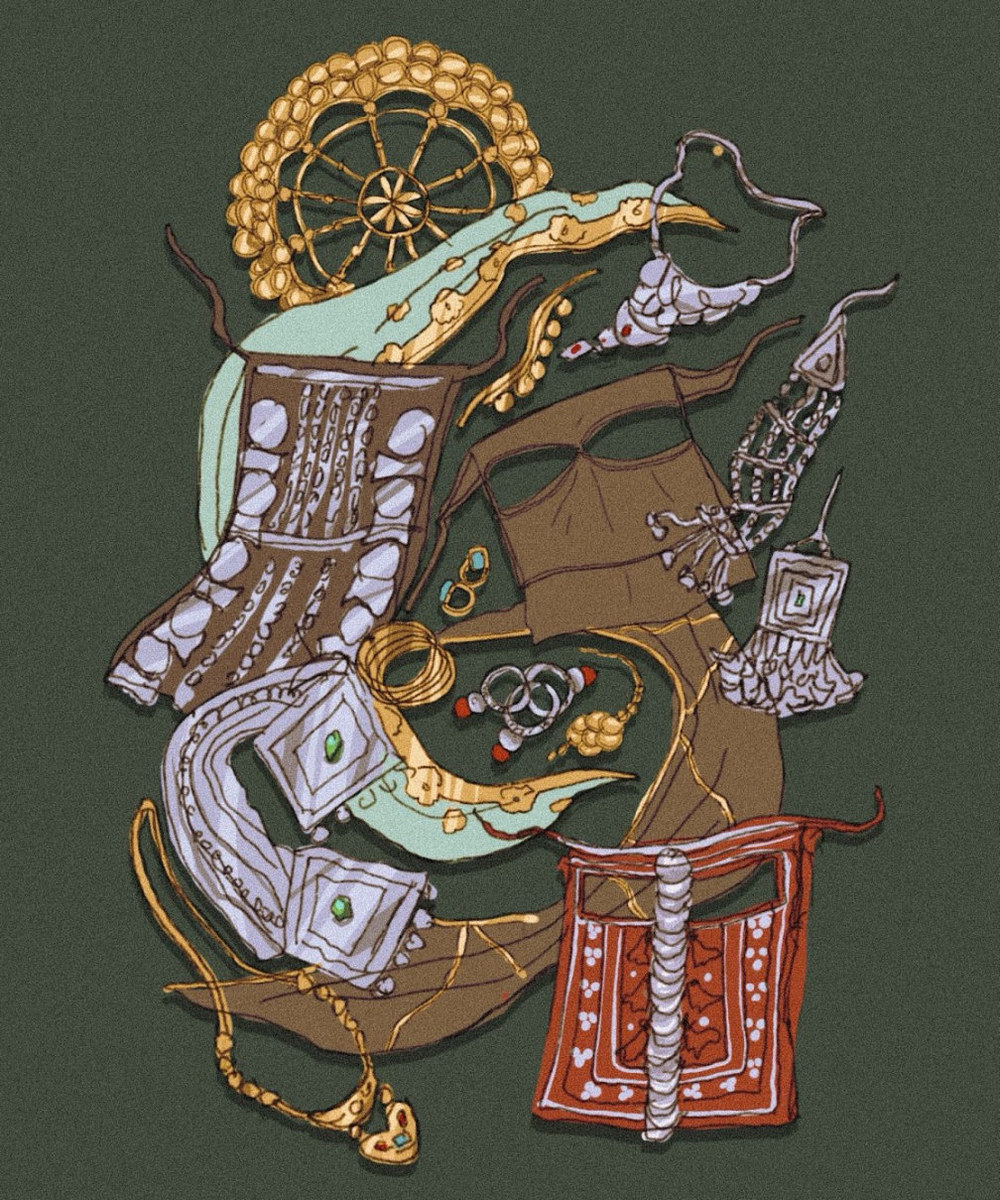
She added: “They shared stories about their region, important landmarks, and fascinating tales that were unique to their areas. This motivated me to learn more about my country and enjoy drawing the diversity and differences I discovered in my artworks.
“Saudi Arabia is full of exciting things, and its diversity is what fascinates me the most. Each region has its own heritage, traditions, architecture, and unique dialect, which makes me eager to learn more and create works that reflect this beautiful diversity.”
Al-Shammari said she selects particular color combinations to evoke the emotions she aims to convey, opting for brighter colors for her cheerful and vibrant works.
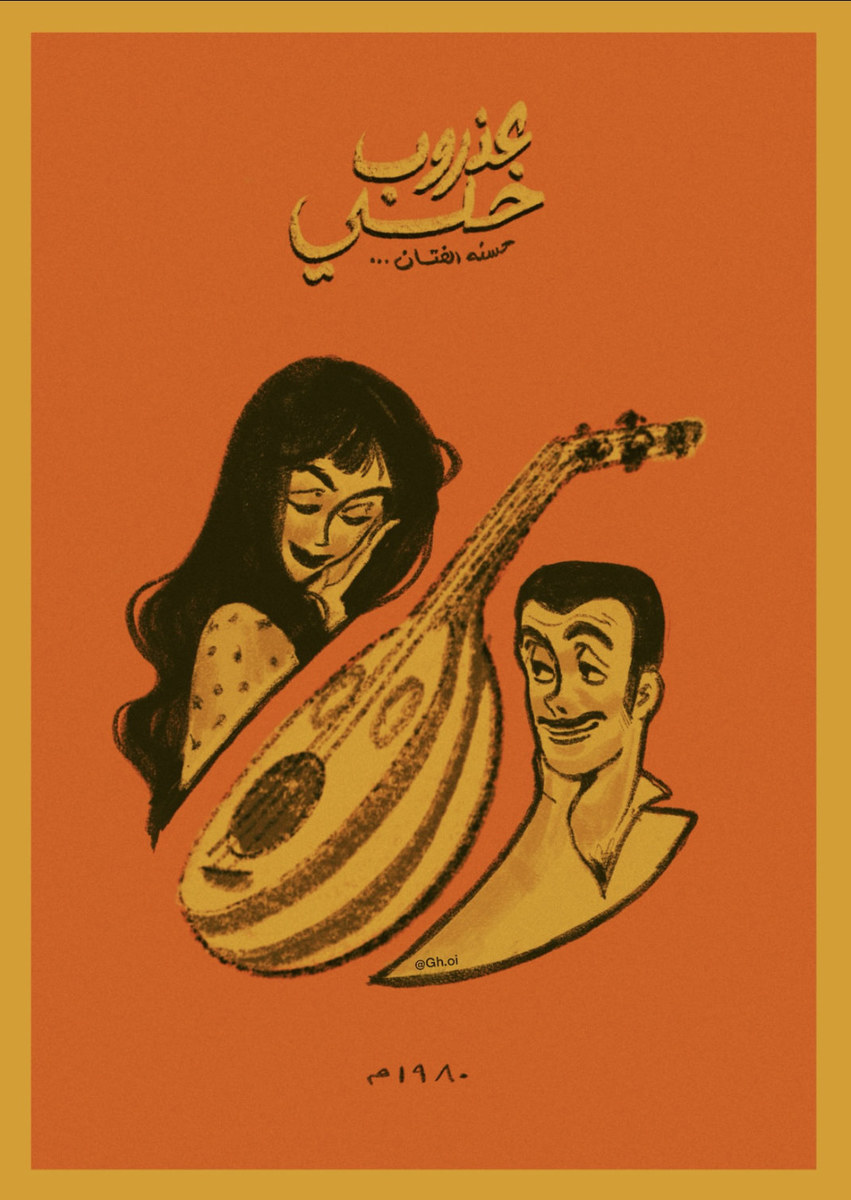
Al-Shammari graduated from the College of Arts and Design at Princess Nourah bint Abdulrahman University with a bachelor’s degree in fine arts.
She added: “Through this specialization, I discovered many artistic and historical aspects, learned about various artists, and got to understand their ideas and philosophies, which transformed my perspective of my work.”
Her love of art began as a child when she would draw characters from her favorite anime and cartoons.
“I started focusing on drawing from an educational perspective at the age of 12 through YouTube tutorials on drawing anime and cartoons, which sparked my artistic journey,” Al-Shammari said.
She added that art is important as it showcases the cultural aspect of a country and its heritage, conveying its history and traditions that help define life in the past and present.
She said: “It serves as a way to preserve and transmit this heritage from one generation to the next, seeking to document knowledge and memories.
“Additionally, from an economic standpoint, art is considered a means to attract tourists interested in discovering the country and its civilization.”
For more information on the artist, visit her Instagram @gh.oi.
Who’s Who: Joseph Rank, Lockheed Martin’s CEO for KSA and Africa
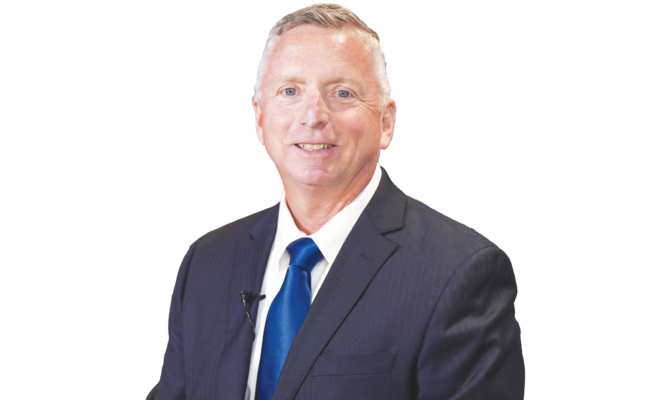
Joseph Rank is Lockheed Martin’s vice president and CEO for Saudi Arabia and Africa.
Rank is a retired US Army brigadier general who has lived in the Kingdom for more than five years.
He served as acting deputy assistant secretary of defense for Middle East policy for former secretary of defense James Mattis in his last posting in the Pentagon.
As an Arabic-speaking foreign area officer, Rank focused on the Middle East for the last 25 years, with postings to five US embassies and Middle East policy positions in the Pentagon, including with the army, joint staff and office of the secretary of defense staff.
He served as the senior defense attache in four US embassies: The UAE from 2015 to 2017, Jordan from 2011 to 2014, Lebanon from 2010 to 2011 and Yemen from 2004 to 2006.
In addition, Rank served in Egypt for a year from 1998 to 1999 and was also deployed to Saudi Arabia, Iraq and Kuwait for Desert Shield/Desert Storm from 1990 to 1991 with the 1st Infantry Division.
While working overseas, Rank was responsible for all aspects of defense cooperation in the countries he was posted to, including training programs, bilateral exercises and billions of dollars worth of foreign military and defense sales, with the intent of building capacity, enhancing interoperability and strengthening relationships.
KSrelief chief and WHO’s Tedros meet in Geneva, sign agreements worth $20m
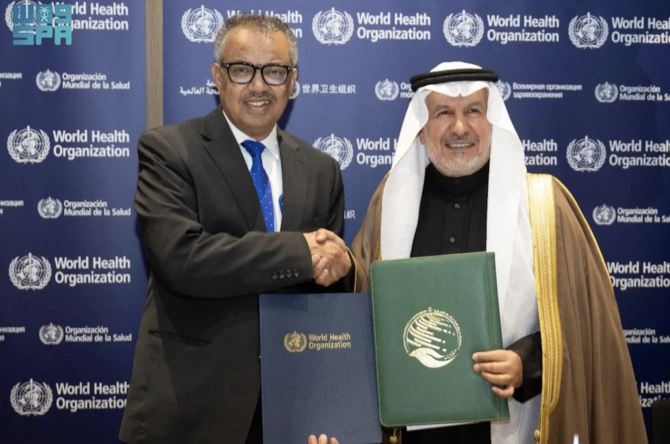
- Al-Rabeeah also signed five executive programs with WHO for Yemen, Sudan, and Syria, with a total value of $19,496,000.
GENEVA: The chief of the King Salman Humanitarian Aid and Relief Center (KSrelief) Dr. Abdullah bin Abdulaziz Al-Rabeeah met with Director General of the World Health Organization (WHO) Dr. Tedros Adhanom Ghebreyesus on Saturday in Geneva.
The meeting was held on the sidelines of the 77th World Health Assembly currently being held in the Swiss city.
Saudi Arabia’s permanent representative to the UN in Geneva Abdulmohsen bin Khothaila also attended the meeting.
During the meeting, the two sides discussed issues of common interest related to joint relief and humanitarian projects in the health sector, as well as the mechanisms for delivering medical assistance to patients and the injured worldwide.
Tedros praised the medical projects and programs carried out by the Kingdom, through KSrelief, to improve the health situation of those in need in various countries.
Also on Saturday, Al-Rabeeah signed five executive programs with WHO for Yemen, Sudan, and Syria, with a total value of $19,496,000.
The first agreement aims to address the severe shortage of kidney dialysis supplies in Sudan to reduce mortality among kidney failure patients across various Sudanese states by providing dialysis supplies sufficient for some 235,000 dialysis sessions, securing 100 dialysis machines, and paying the salaries of medical staff in 77 dialysis centers, with a value of $5 million.
The second agreement entails providing medical assistance to earthquake victims in Syria, with a total cost of $4,746,000.
The third agreement focuses on combating the spread of measles among children under five in Yemen, with a total cost of $3 million.
The fourth agreement aims to improve water and sanitation services in healthcare facilities, ensuring sustainable water supplies to serve the neediest populations in Yemen, valued at $3,750,000. The agreement includes drilling solar-powered wells in 10 healthcare facilities.
The fifth agreement aims to reduce the spread of cholera across Yemen, with a value of $3 million.




